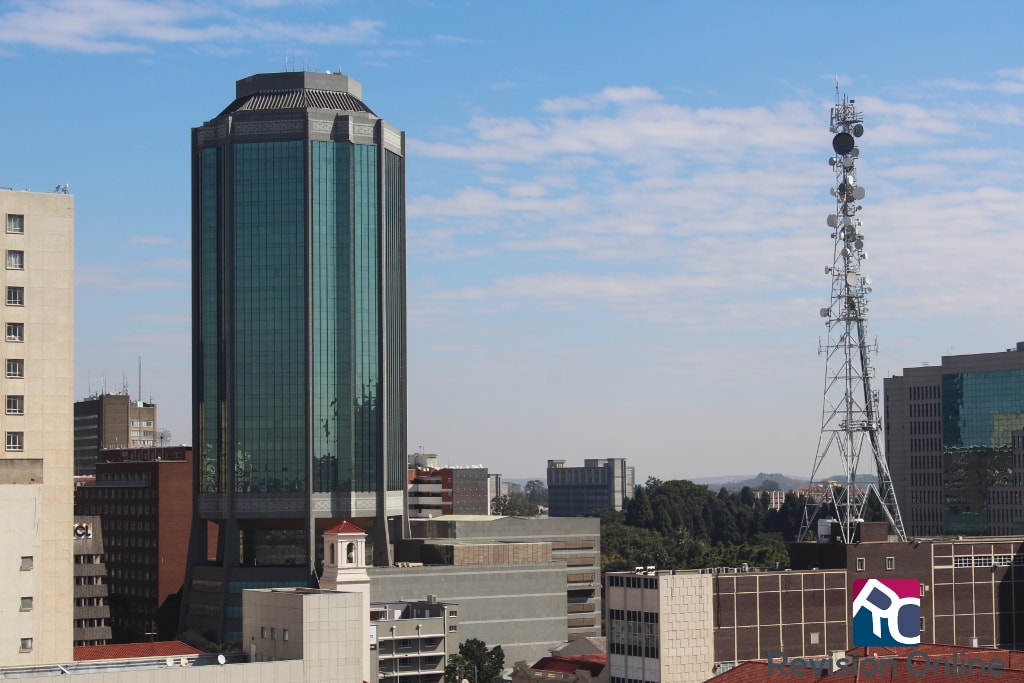ZIMSEC O Level Business Studies Notes: Aiding and influencing the businesses: Monetary and Fiscal Policies
- As has already been pointed out in another topic the government has several reasons to want to aid and influence the operations of businesses
- There are a number of ways in which the local and national governments can do this
- In this topic we will look at economic policies of the government
Economic Policies
- The government might control and aid business using its economic policy
- By controlling the macro-economic environment in which business operates the government can impose its wishes on business
- Policies include the fiscal policy
- Fiscal policy involves the use of government spending and taxation as a means of controlling the economy
- Increasing government spending results in an increase in the spending power of the people resulting in increased economic activity and vice versa
- Increasing taxation results in a reduction of profits and might impede the ability of businesses to reinvest and expand their operations although it increases the government’s revenue allowing it to redistribute income
- Taxes include direct taxes such as corporate tax (tax of investment income), capital gains tax, inheritance tax and pay as you earn or
- Indirect taxes such as Value Added Tax (VAT)
- Taxes on people’s income can be used to redistribute income or increase demand
- Value added tax can be used to increase the prices of certain items the government deems undesirable and to raise income
- Government spending in certain areas through building roads etc can result in businesses locating to these areas
- Spending in sectors such as health care, defense and roads will encourage direct participation by businesses in these industries as well as businesses that offer ancillary services to these businesses
- In Zimbabwe the fiscal policy is under the purview of the Finance Minister who is required to come up with a fiscal policy at least once every year including the government’s spending budget
- The government can also make use of monetary policy
- This is closely related fiscal policy
- It involves the control of money supply and interest rates within the economy
- Increasing money supply results in increased demand within an economy this can be used to revive the economy during times of depressed demand
- This involves printing more money and introducing it into the economy
- However doing so can result in inflation and even hyperinflation as happened during the 1999-2008 era
- To reduce inflation the government might reduce the money supply
- Similarly the government can reduce interest rates to improve demand
- For example this results in people being able to afford mortgages
- This in turn allows them to buy stands, construction material, employ construction companies etc
- This results in increased economic activity
- If there is inflation, increasing interest rates results in an increase in borrowing costs
- This reduces demand and results in a reduction in the inflation rate
- In Zimbabwe the monetary policy falls under the purview of the central bank
- The Reserve Bank of Zimbabwe is Zimbabwe’s central bank
Inflation
- References have been made concerning inflation above
- Inflation is a sustained increase in prices of commodities as measured by a set index
- In Zimbabwe inflation is measured using the Consumer Price Index
- The Index makes use of a basket of goods and a weighted average
- First those doing the calculations come up with a basket (a mix) of products that they deem are essential to an average household
- For example it could contain mealie-meal, rice, sugar, salt, cooking oil, vegetables, meat etc
- The price of the various commodities in that basket are tracked and their total calculated every month
- The percentage change in price is deemed to be the inflation rate for that month
- The new percentage is added the the percentage total of the last 12 months and divided by 12
- Each month the oldest month in the yearly total is subtracted and the latest month added
- This is known as a moving average
To access more topics go to the O Level Business Notes



